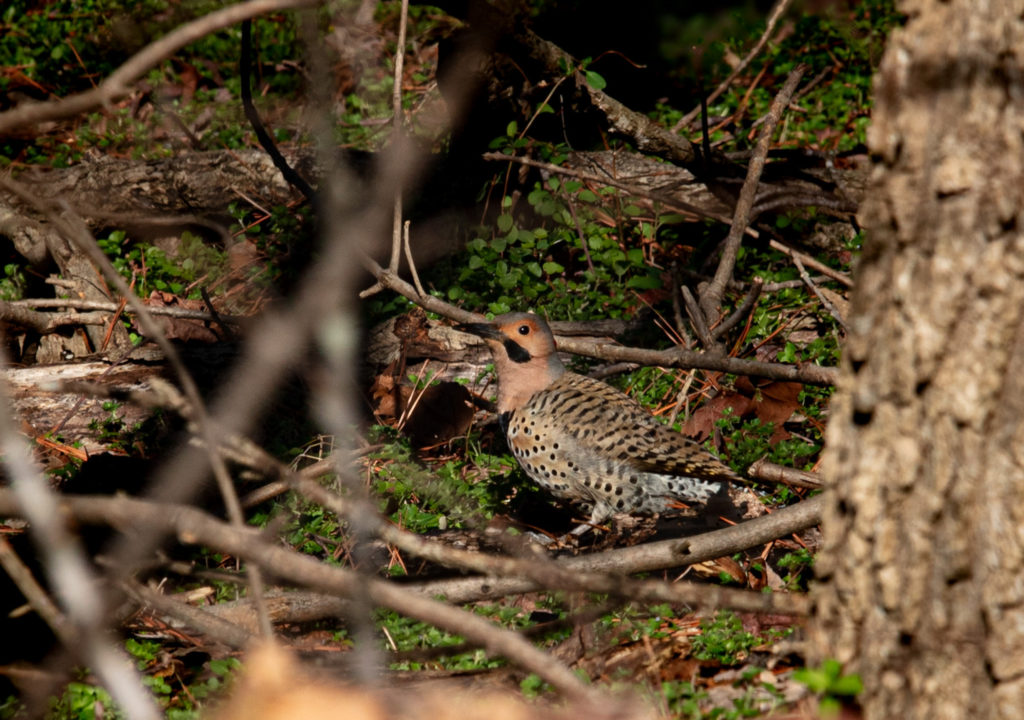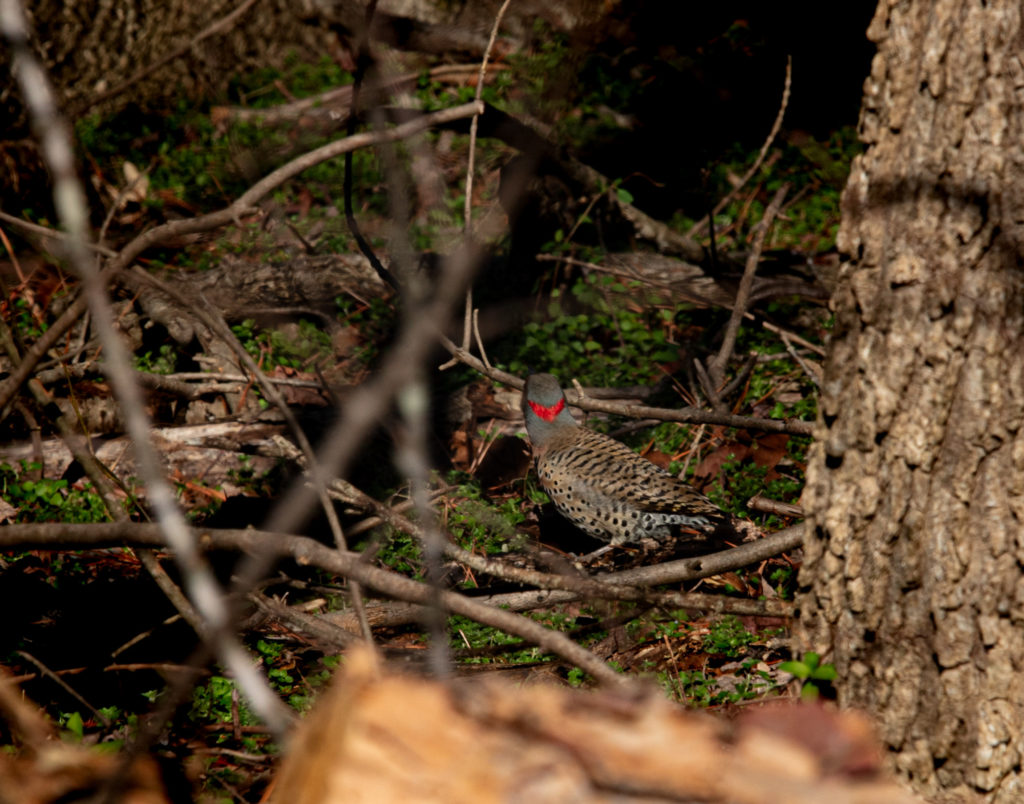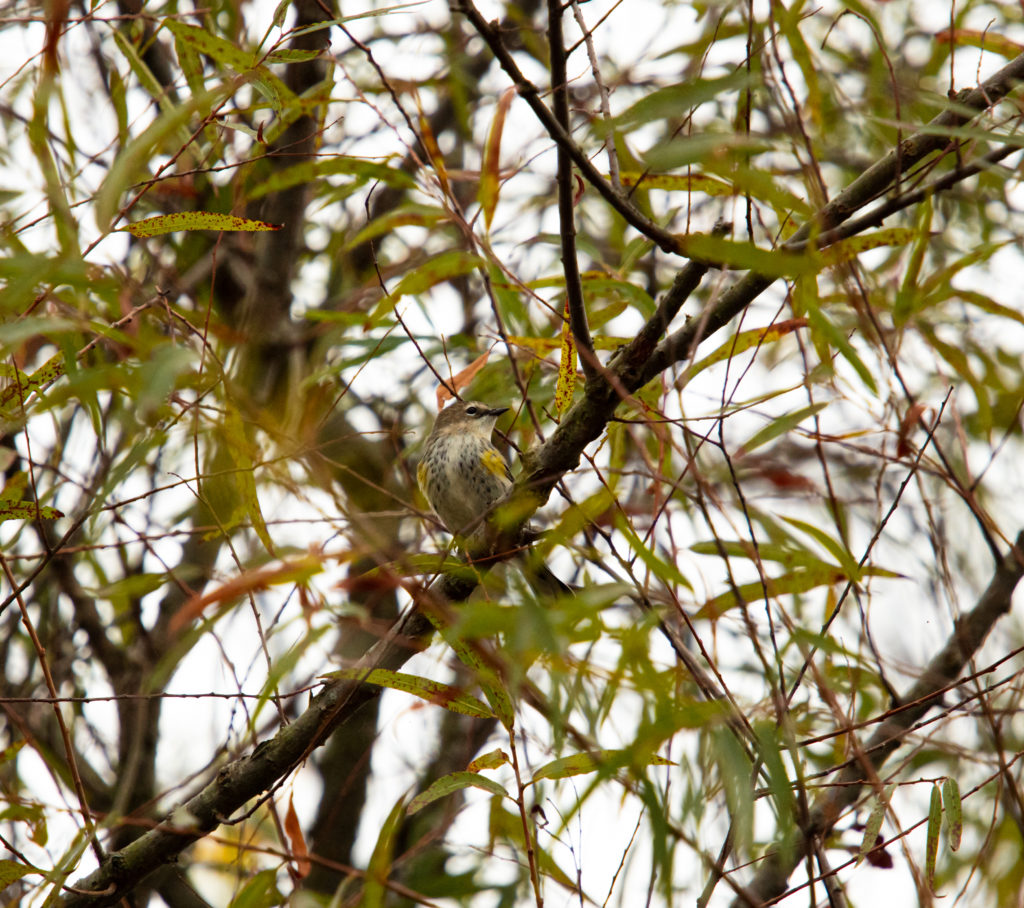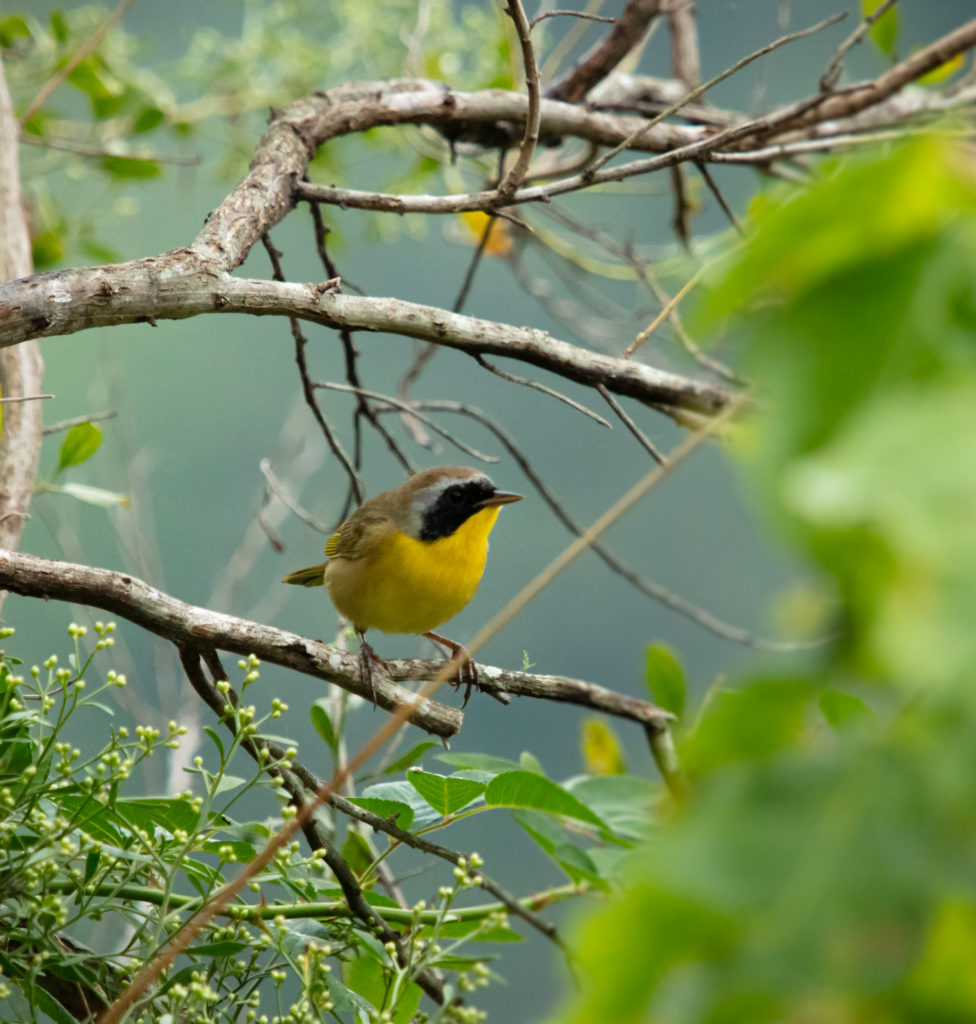A few days ago, I had the chance to head down to the Surf City, N.C. area to photograph a home for a real estate listing.
The interesting thing was that the owners and the real estate agent from Intracoastal Realty specifically wanted me to photograph the birds found in their yard and in the local area too!

Knowing that this property was a fantastic place to view all kinds of shorebirds as well as Painted Buntings and Boat-tailed Grackles made me the happiest birder/ photographer ever! I couldn’t wait to get started



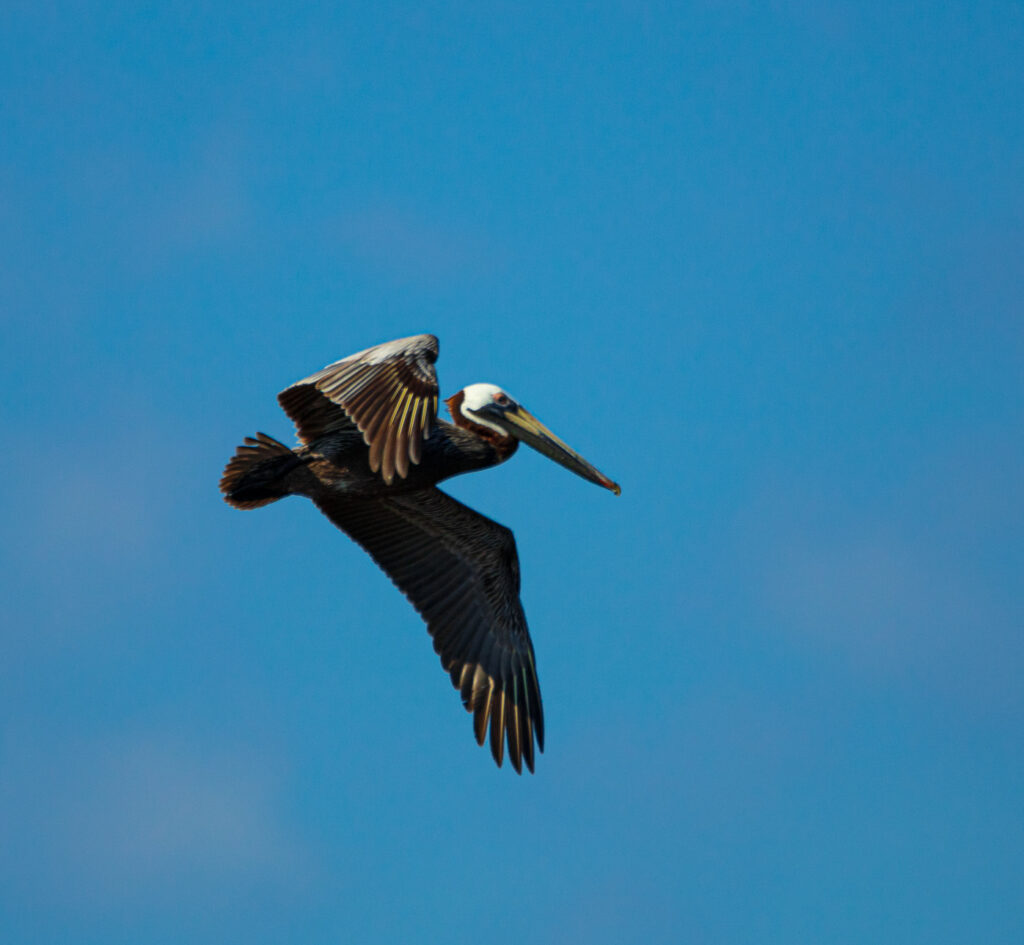
I arrived at sunrise to capture pictures of the home, then spent the morning photographing the birds in the inter coastal marsh which was the backyard.

I also took a 3 min walk right across the street to take some photos of the beach. It was absolutely gorgeous out there!
From Snowy Egrets to Pelicans, a Painted Bunting and Purple Martins, I ticked 15 different species in under 10 minutes so all in all, a wonderful to start the day!
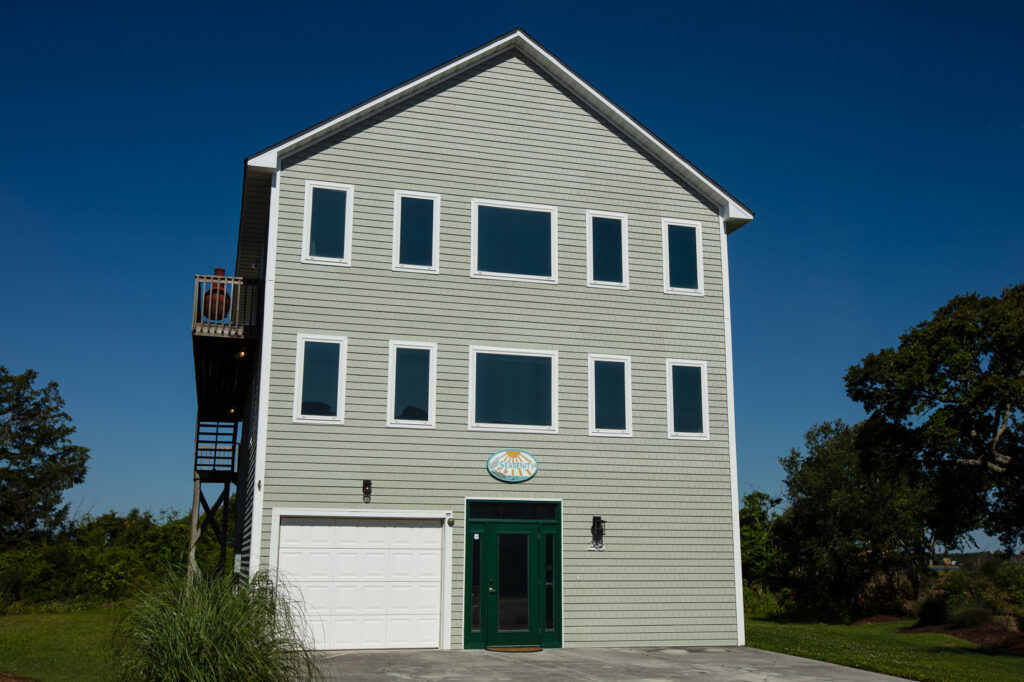
It would be pretty awesome to live at this home if you’re a birder, that is for sure 🙂
If you’d like to see the house & property, here’s a link below…
After finishing up at the house, I headed out to nearby Kenneth Batts Family Park in Surf City to see what else I could find.

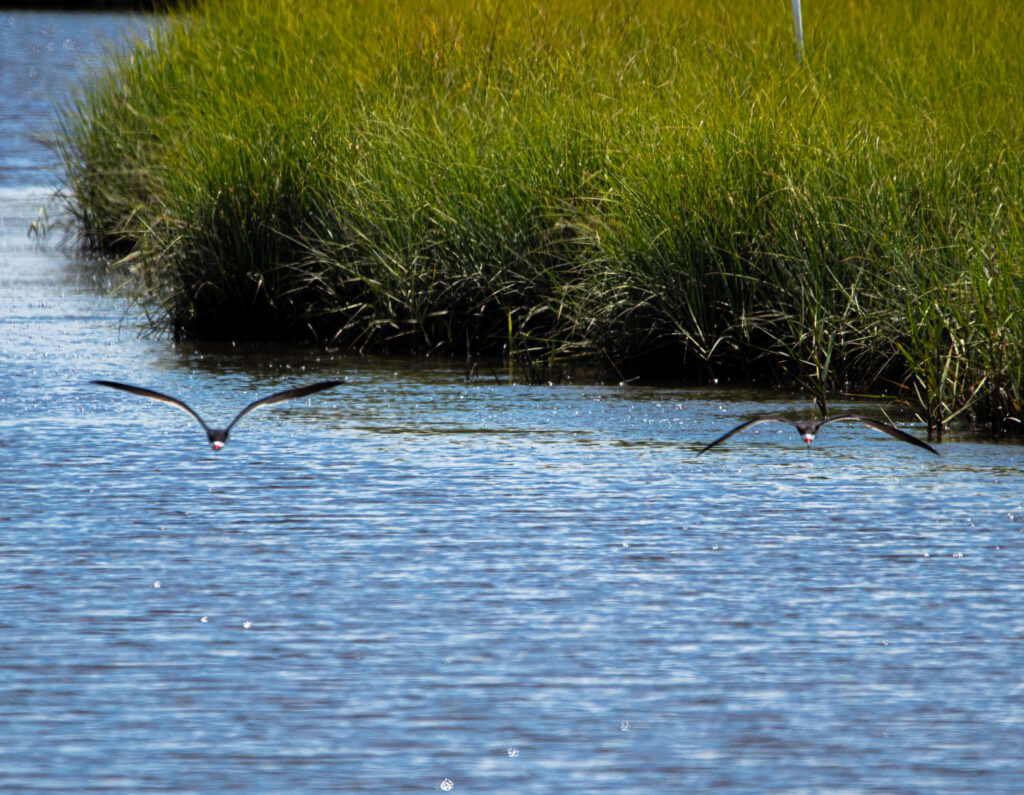
About two minutes after I my feet hit the boardwalk, I spotted a pair of Black Skimmers flying low over the water hunting for food. Check them out in action in the video at the top of this page!
So cool!

After a quick lunch break, I took a relatively short drive south to the Ft. Fisher SRA in search of the perfect Painted Bunting shot.
I’d found a couple earlier that day in Surf City but they were hiding in the shadows so the photos weren’t great, lol!

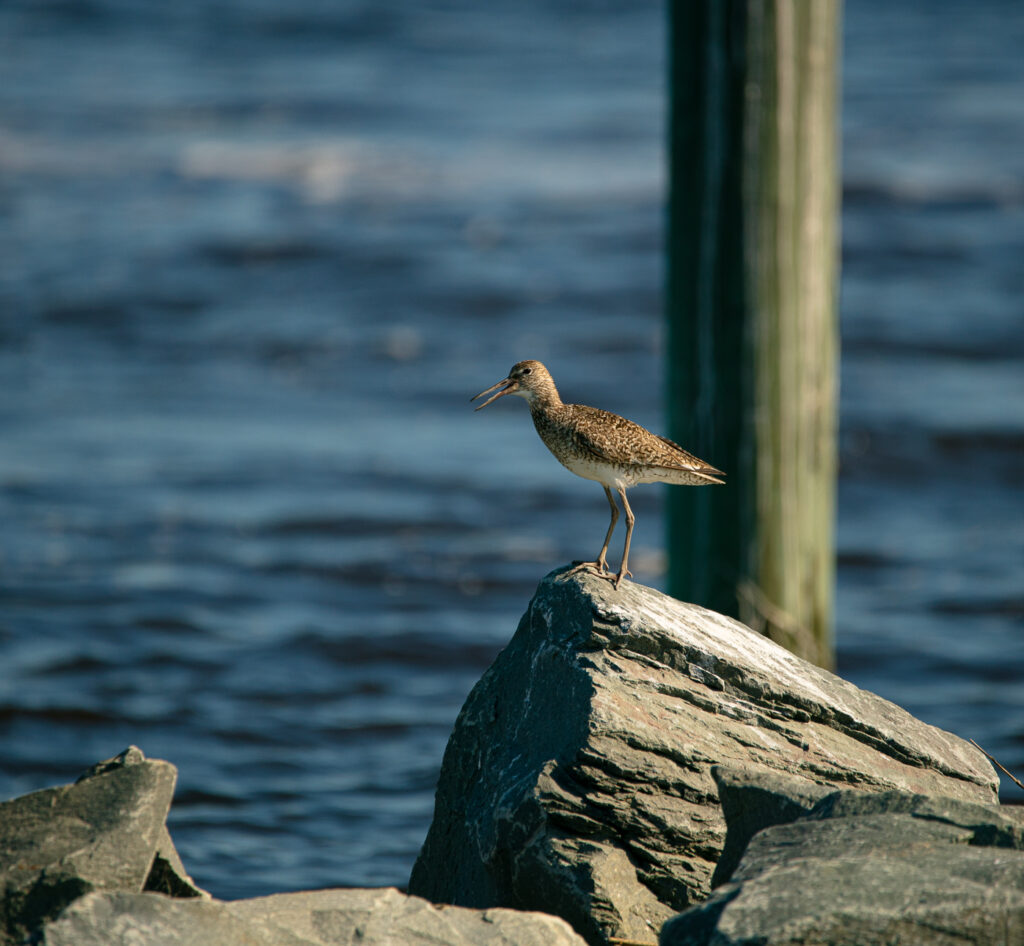

I chose Ft. Fisher because it offers the ideal habitat needed for finding Painted Buntings and other wonderful shorebirds.


Within just a few minutes of walking, the scrubby dense brush piles and open areas yielded me what I’d been searching for, a gorgeous male Painted Bunting singing away on his perch in perfect light.
Success!
Photos by Sally Adams Siko
Canon 5Ds





